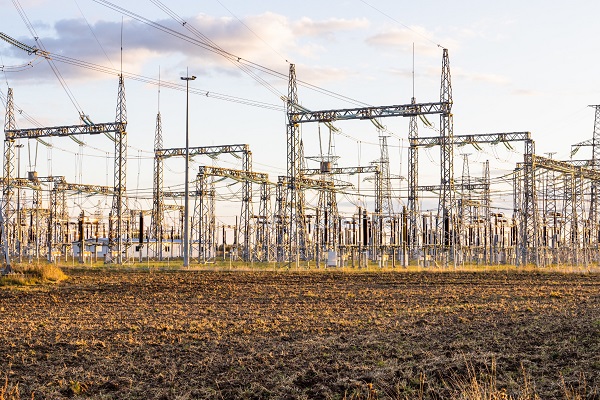Around the world many electrical grids share one common problem: aging infrastructure. In the USA for example, the average installed base is 40 years old and a quarter of the country’s grid is 50 years or older. In South Africa the scenario is similar with most power plants 40 years or older – so too is the transmission grid.

Analysing data from multiple systems and equipment, AI can predict potential failures and prompt remedial action.
Attention is turning to the modernisation of grid infrastructure, globally. Dwibin Thomas, Cluster Automation Leader at Schneider Electric, says there are some almost immediate steps that can be taken to secure quick wins without having to undertake major-scale projects.
One such intervention is to introduce artificial intelligence (AI), which can enhance predictive maintenance by analysing data from multiple systems and equipment, to identify potential failures before they occur and prompt remedial action. AI enables energy providers to schedule timely maintenance, reducing the risk of unexpected outages and costly downtime.
Furthermore, AI offers continuous, real-time monitoring, thus detecting anomalies and establishing early warning systems. By predicting potential failures, AI-driven systems can provide optimised maintenance schedules, supporting improved reliability and a more stable energy supply.
SCADA and historian systems
SCADA (supervisory control and data acquisition) systems collect and store real-time data from energy systems. When this data feeds into AI algorithms, it informs timely predictive maintenance schedules and action recommendations.
Historian systems store historical data and capture long-term trends and performance metrics. Here again, AI algorithms can use this historical data to schedule predictive maintenance and recommend actions.
The combination of real-time SCADA and historical data provide the information from which AI is built enabling it to anticipate equipment failures and set out maintenance requirements in good time. Consequently, energy providers can optimise maintenance schedules and enhance overall energy network performance.
Used in managing electrical networks, artificial intelligence offers several valuable benefits.
- Reduced downtime – AI-driven predictive maintenance identifies potential equipment failures before they occur, minimising unplanned downtime and supporting continuous energy supply.
- Cost savings – by optimising maintenance schedules and preventing unexpected breakdowns, AI reduces operational costs for energy providers.
- Optimised resource usage – AI can also analyse data to optimise energy distribution, enabling efficient use of resources.
- Generation, distribution and transmission – by supporting improved performance and reduced downtime, AI contributes to optimising power plant operations, grid efficiency and energy transmission.
- Overall impact – AI-driven energy management benefits the entire spectrum, from generation to transmission and distribution, enabling a steady and efficient energy supply.
Modernised networks
In more modern electrical networks, AI technologies are transforming fault location, isolation, and restoration (FLISR) processes. Through advanced data analytics and machine learning (ML), AI algorithms can analyse extensive datasets to detect anomalies that indicate faults and classify them accurately.
These insights enable decision support systems to provide real-time recommendations to operators, facilitating optimal fault isolation and restoration strategies. Moreover, AI-driven optimisation algorithms enable the reconfiguration of the network to minimise the duration of an outage and restore power efficiently.
FLISR capabilities can be enhanced further via integration with SCADA and Distribution Management Systems (DMS), enabling utilities to improve reliability and operational efficiency and reduce downtime.
While the role of AI in energy lies mainly in utilities, there is also a bigger picture. Energy networks are essential for productivity, in manufacturing plants or in energy-intensive sectors such as mining, minerals and metals. AI-driven maintenance can ensure uninterrupted operations, supporting business productivity and economic growth.
For more information visit: www.se.com